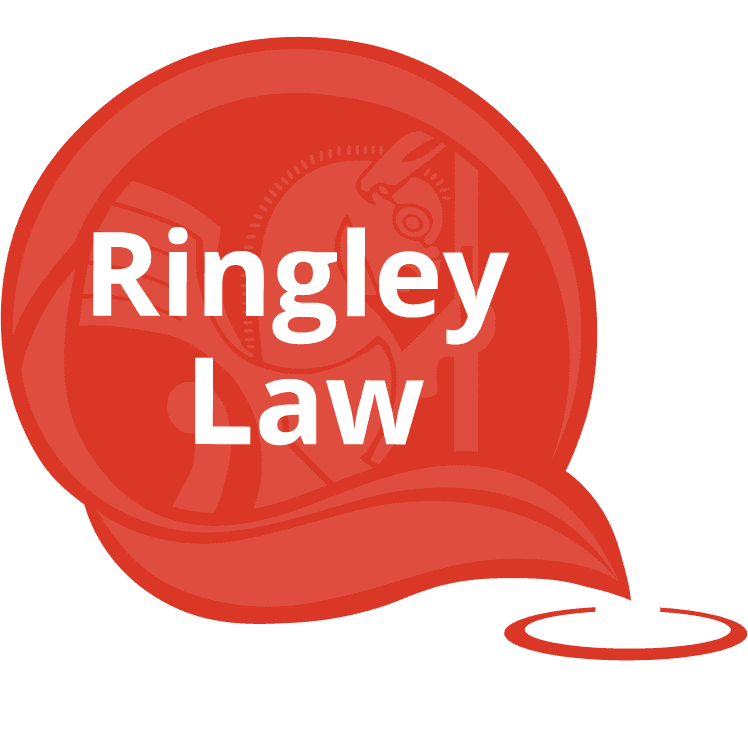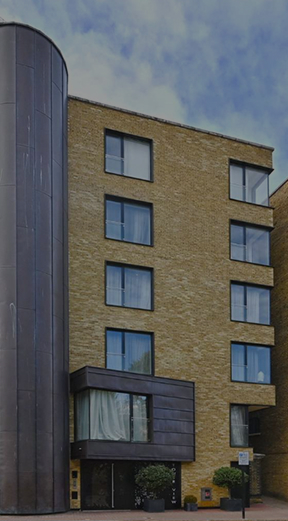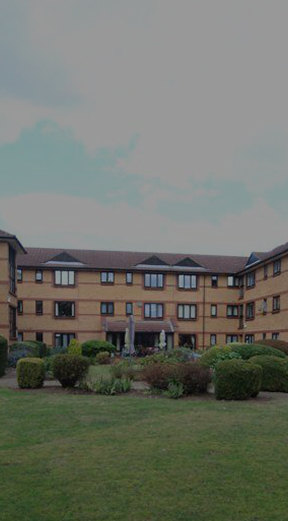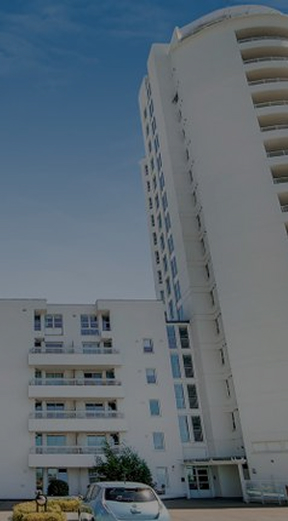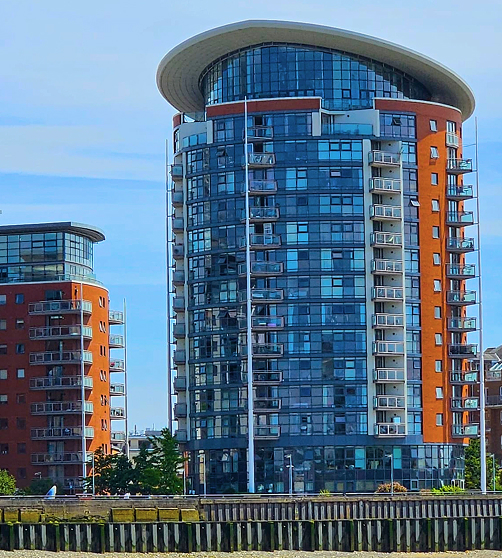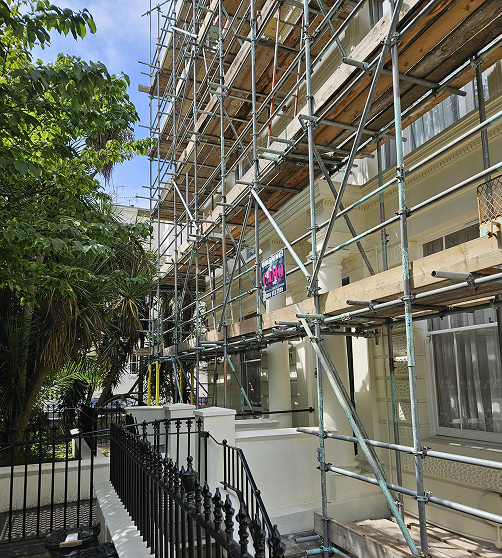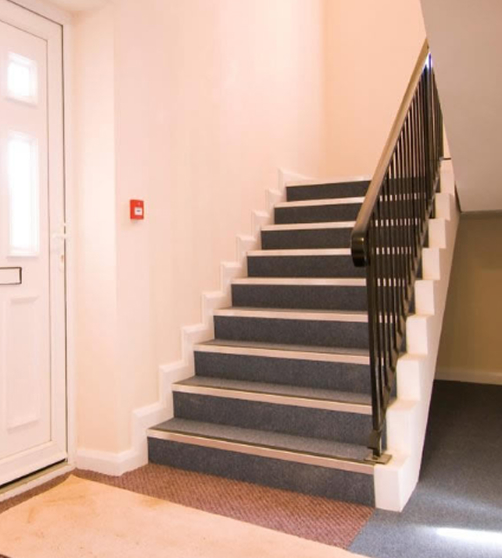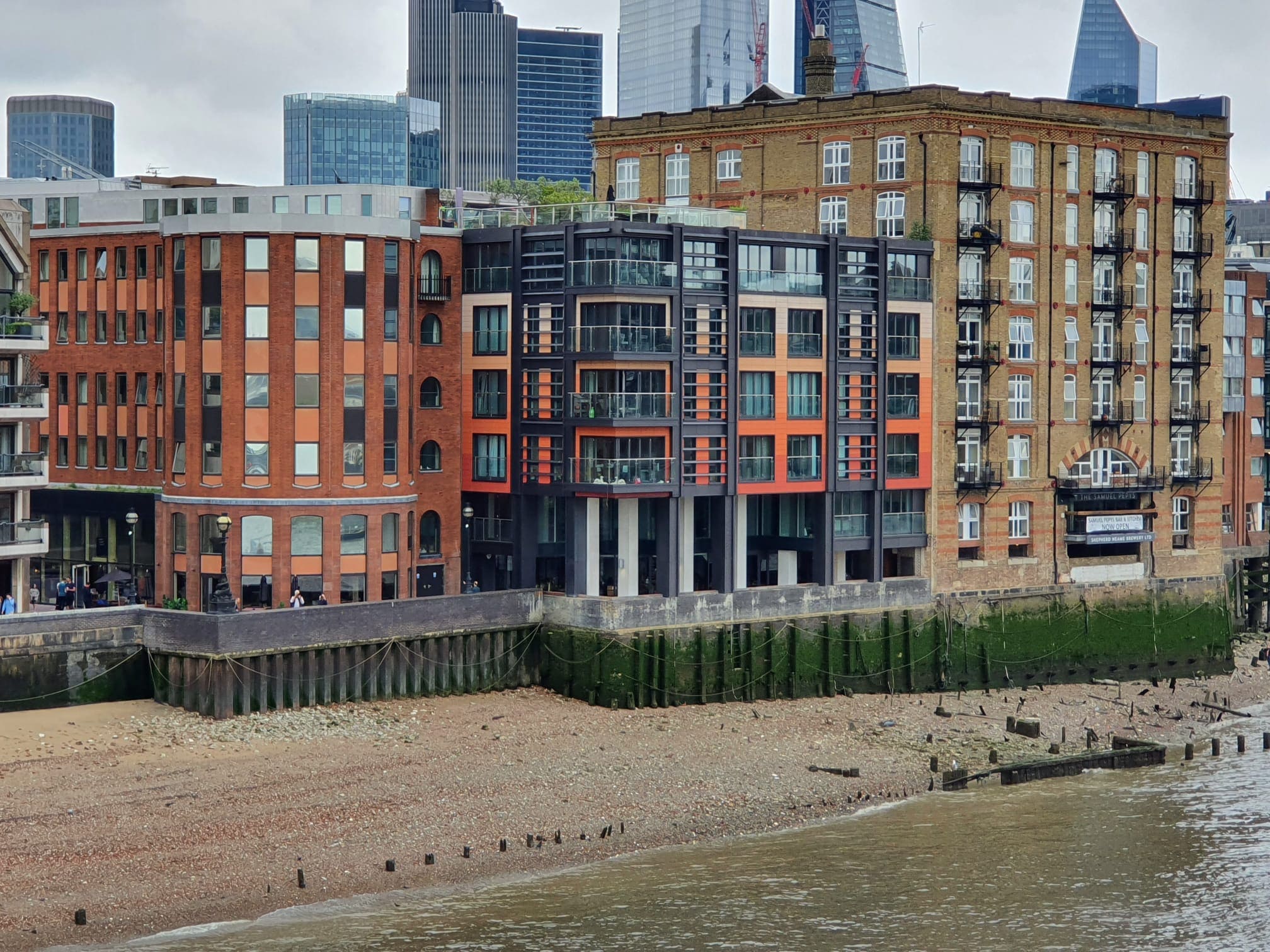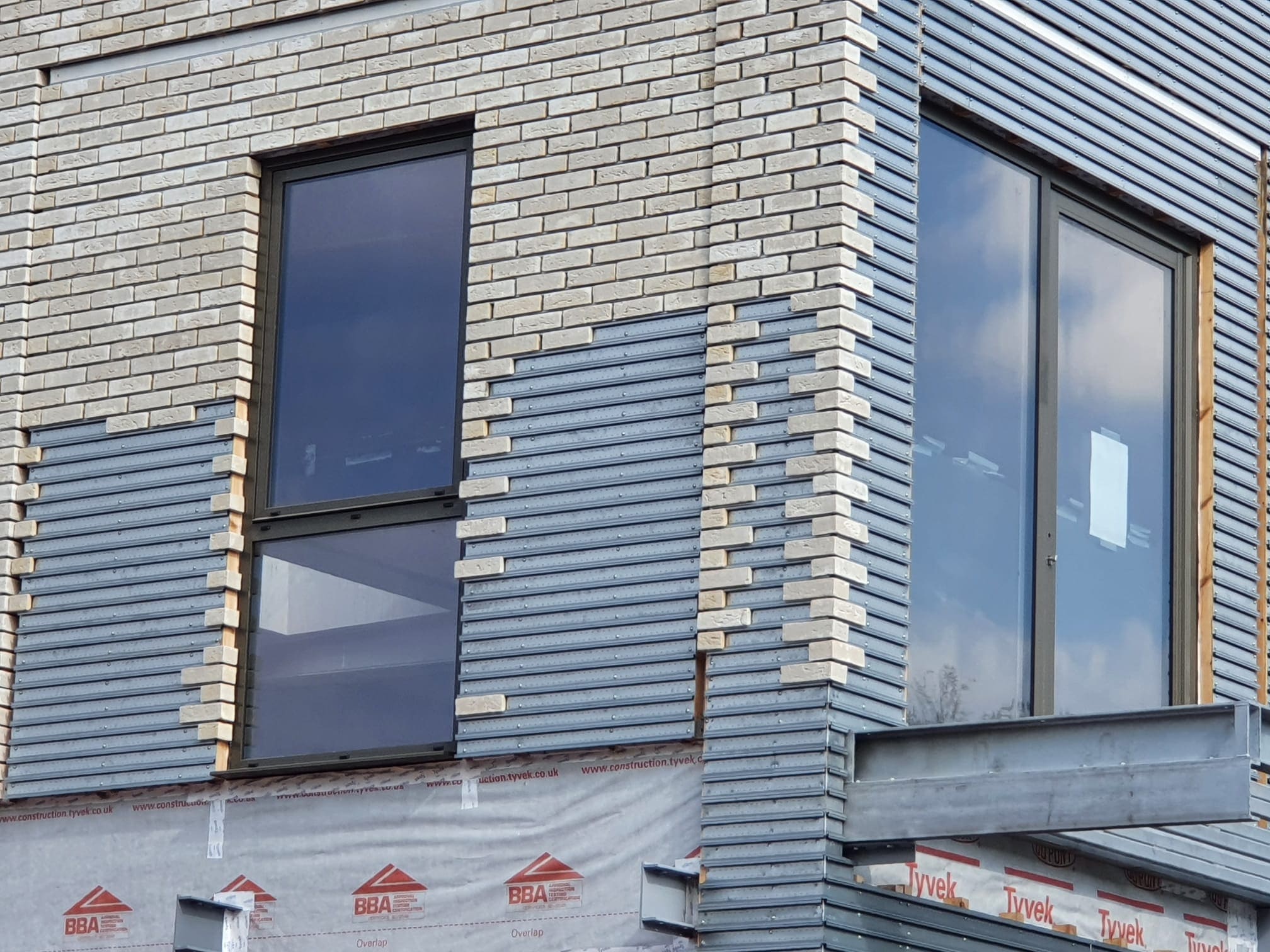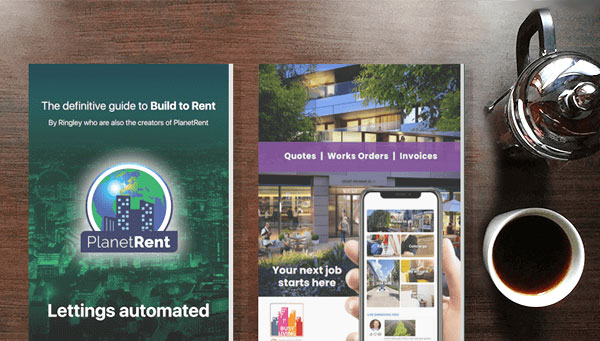Whilst RTM is a no fault process, notices still need to be served correctly and arrears may be lost
Whilst RTM is a no fault process, notices still need to be served correctly else arrears may be lost
Right to Manage or RTM is a niche area that can put owners in control of managing their block - larger estates may need several RTM companies as the law is not straightforward.
Right to Manage
We advised thousands of leaseholders. Whilst RTM is a no fault process, notices still need to be served correctly and arrears may be lost.
The Commonhold and Leasehold Reform Act 2002 provides owners of leasehold properties in England with the right to manage their property. Once they have this right they can decide how to manage their property, and how it is insured and repaired. The Landlord does not need to consent to the Right to Manage process.
The Landscape for Right to Manage is becoming more leaseholder focused. The good news for leaseholders is
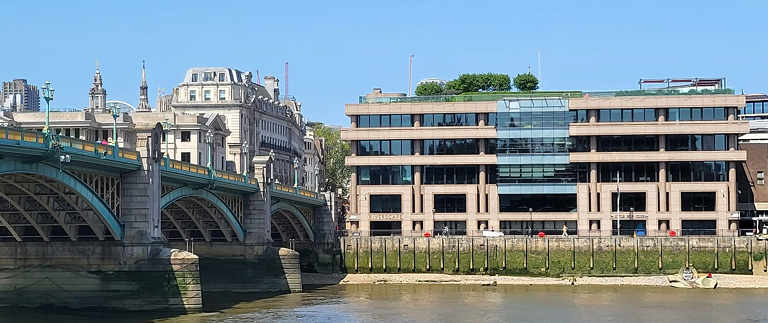
The quirks of Right to Manage explained
The landscape for Right to Manage (RTM) is becoming more leaseholder focused. The good news for leaseholders is:

Beware of RTM Agents promoting bogus and unnecessary Right to Manage claims
100% transparency is not just our goal, it is also our commitment.
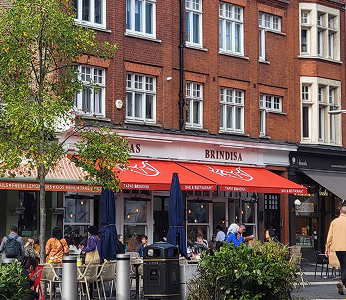
Commercial spaces are now less likely to scupper Right to Manage claims
Well defined goals not only help us measure our success, it also ensures continuous growth for ourselves and our clients.
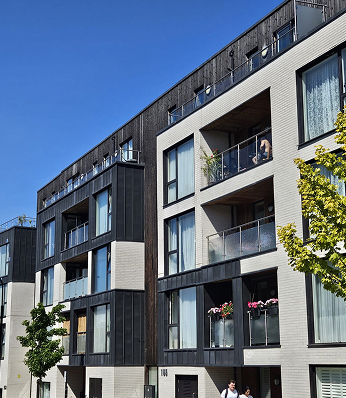
Leaseholders now protected from RTM costs
We believe clear communication is critical for effective Block Management.
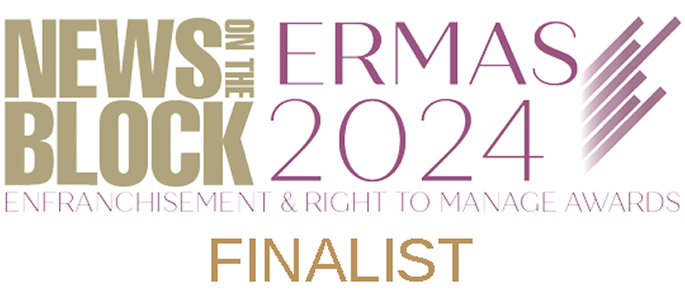
Property's best kept secret...
If 50% of leaseholders want to manage their block, then claiming the right to manage is a low cost, no fault process, that puts you in control...
As Solicitors, Ringley Law handle and case manage a broad range of litigation matters at Court and Tribunal. For advocacy we have relationships with all the leading Barristers Chambers.
Our team are trained on property law and accounts and are here ready to help
Call us
0207 428 1977Email us
md@ringley.co.ukRight to Manage or RTM is a niche area that can put owners in control of managing their block - larger estates may need several RTM companies as the law is not straightforward.
The Commonhold and Leasehold Reform Act 2002 provides owners of leasehold properties in England with the right to manage their property. Once they have this right they can decide how to manage their property, and how it is insured and repaired. The Landlord does not need to consent to the Right to Manage process.
-
Step 1 - Do you qualify?
The qualifying criteria for this right are as follows:
- The property must be self contained or, if part of another building, be capable of being redeveloped independently.
- The property must include at least two flats.
- The property may contain a non-residential element but this may be no more than 25% of the total floor area of the property. (total internal floor area of the property, excluding common parts).
- At least two thirds of the leaseholders must be qualifying leaseholders (i.e. typically those with leases with terms of more than 21 years when they were first granted). The leaseholders do not have to reside at the property.
- The RTM company must be comprised by leaseholders of at least 50% of the total number of flats in the building.
-
Step 2 - Right to Manage (RTM) Company
The Leaseholders are required to form a Right to Manage (RTM) Company. This is a separate legal entity in which the participating members become members. It is the RTM Company that applies for the right to manage the property. The RTM Company has to be established in accordance with the Commonhold and Leasehold Reform Act 2002. The RTM Company must be limited by guarantee (as opposed to shares) and should bind the leaseholders to the prescribed Memorandum and Articles of Association.
-
Step 3 - Notice inviting Participation
Once the RTM Company is formed it is mandatory to serve the ”Notice Inviting Participation” (aka Participation Notice) on those leaseholders who have not confirmed whether or not they want to participate in the RTM process (i.e. become members of the RTM Company).
-
Step 4 - Notice to claim to acquire Right to Manage
Once the membership of the RTM Company has been taken up by leaseholders of at least 50% of the total number of flats in the building and 14 days have passed since serving the Participation Notice the Leaseholders can serve a Section 79 Claim Notice which informs their Landlord of their intention to claim their Right to Manage. The Claim Notice must be served upon the Landlord and any third parties (e.g. Managing Agent). The Claim Notice must state the deadline by which the Landlord (or any other recipients) must respond. This deadline must be at least one month after the date the Claim Notice has been served. The recipients of the Claim Notice have three options:
- Take no action and do not respond;
- Issue a Counter Notice accepting the claim to RTM; or
- Issue a Counter Notice disputing the claim to RTM
If the RTM Claim is ignored or accepted by the Landlord the acquisition date of the Right to Manage will be at least 3 months from the date that the counter-notice was due to be given.(This date will be specified in the Claim Notice)
-
Step 5 – What if the Claim Notice is disputed?
If the Landlord challenges the Claim Notice, he has to show that the Right to Manage application does not comply with the 2002 Act. Such challenges could include:
- An error in the Claim Notice;
- The Property is not a self contained building;
- Any commercial element in the Property exceeds 25% of the floor area; (internal floor area excluding common parts)
- There are not enough flats belonging to qualifying leaseholders
By the date specified in the Claim Notice Landlord must serve a Counter Notice. If the RTM Company and the Landlord cannot resolve their disagreement, the RTM Company must make an application to the Tribunal First-Tier Tribunal(property chamber) within two months of the service of the Landlord’s Counter Notice. An Application to the LVT can delay the process by about three months.
-
Step 6 – Once the Right to Manage is acquired
The RTM Company takes control of the Property and the way its services are managed. The RTM Company will take over the Landlord’s responsibilities for the maintenance, repair, service charge collection, accounting, insurance and overall management of the block. The RTM Company should do the following before taking control of the Property:
- Collect as much information as possible from the Landlord and any third parties (such as the managing agent) about the Property, including:
- A list of the leaseholders;
- A list of service charge percentages and due dates;
- Current arrears balances for each flat;
- Copies of each lease;
- Copies of the insurance policy; and
- Copy of the service charge cashbook ledger since the last set of service charge accounts.
- Exercise its right of access to the Property. All common parts of the Property must be accessible.
- Consider who is to undertake the management of the Property. Managing a residential block is a considerable responsibility and one that should not be taken without a realistic consideration of what is involved.
Ringley Chartered Surveyors offer a property management service. Visit Ringley Chartered Surveyors website
- Collect as much information as possible from the Landlord and any third parties (such as the managing agent) about the Property, including:
As Solicitors, Ringley Law handle and case manage a broad range of litigation matters at Court and Tribunal. For advocacy we have relationships with all the leading Barristers Chambers.
Property's best kept secret...
If 50% of leaseholders want to manage their block,
then claiming the right to manage is a low cost,
no fault process, that puts you in control...

